When it comes to plastic water buckets, many people think of household water storage buckets in supermarkets. However, in production work, there is also a type of oversized and thick plastic bucket. Many factories choose PE plastic buckets for storing liquid chemical raw materials. So how are these large plastic buckets processed and produced? Generally, small plastic buckets can be made through blow molding technology. However, plastic buckets with large capacity, complex styles, and large specifications still require the use of rotational molding technology.
In China, the main production technologies for plastic barrels are blow molding and rotational molding. Although the rotational molding industry started relatively late, it has experienced a period of rapid growth and slowed down its development speed after the financial crisis. At present, manufacturers of mold manufacturing and production products are developing, but there are relatively few manufacturers of special materials. Most raw materials still need to be imported, and the industrial chain is incomplete. The distribution of production enterprises is uneven, concentrated in Cixi, Zhejiang, Shanghai and other places, while there are relatively few rotational molding production enterprises in the central and western regions.
Unlike household water storage tanks, large chemical plastic drums produced using rotational molding technology are made of LLDPE material. The most popular ones are plastic drums that can hold five tons of water and 10 tons of PE plastic drums for storing production materials. These are all processed using rotational molding, and the basic processing process of rotational molding is very simple. Powder or liquid polymer is placed in a mold, heated and rotated around two vertical axes (rotation and revolution), and then cooled. At the beginning of the heating stage, if powdered materials are used, a porous layer is first formed on the surface of the mold, and then gradually melted during the cycling process, forming a homogeneous layer of uniform thickness; If liquid material is used, flow and coat the surface of the mold first, and stop flowing completely when the gel point is reached. The mold is then transferred to the Ruichen rotational molding machine in the cooling work area, where it is cooled by forced ventilation or water spray, and then placed in the work area. Here, the mold is opened, the completed parts are taken away, and the next cycle is carried out.
Let me introduce the advantages of rotational molding process production. Ruichen rotational molding machine:
1. Plastic products formed without pressure are less prone to warping and deformation compared to other pressure forming methods
2. The finished product does not have stress concentration areas such as welds
3. The product has no internal stress, making it more durable
4. Can be applied to hollow open or closed products
5. The rotational molding process is not limited by size; Short development time


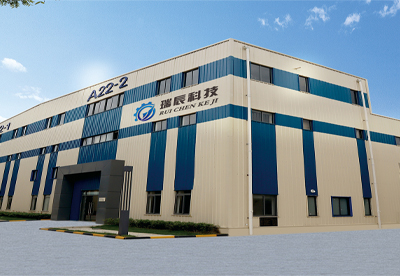
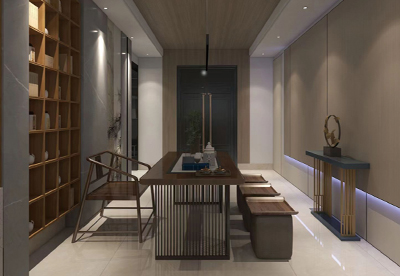
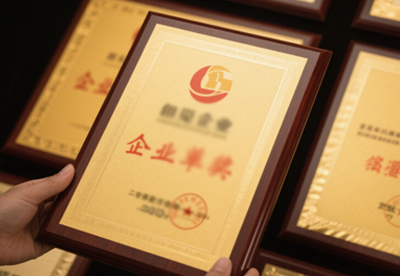
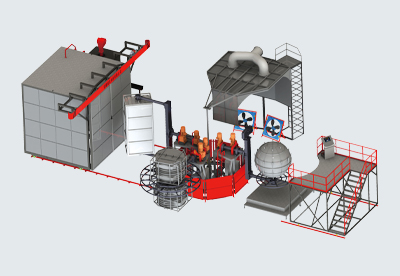
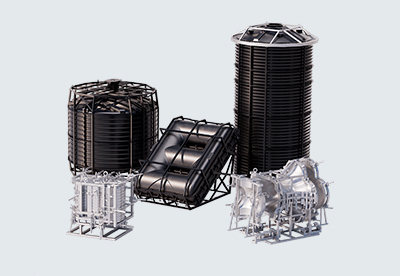
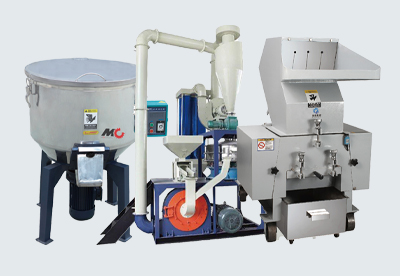
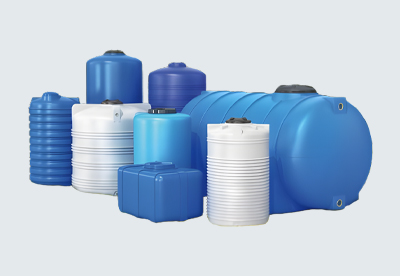

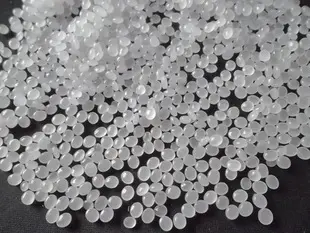
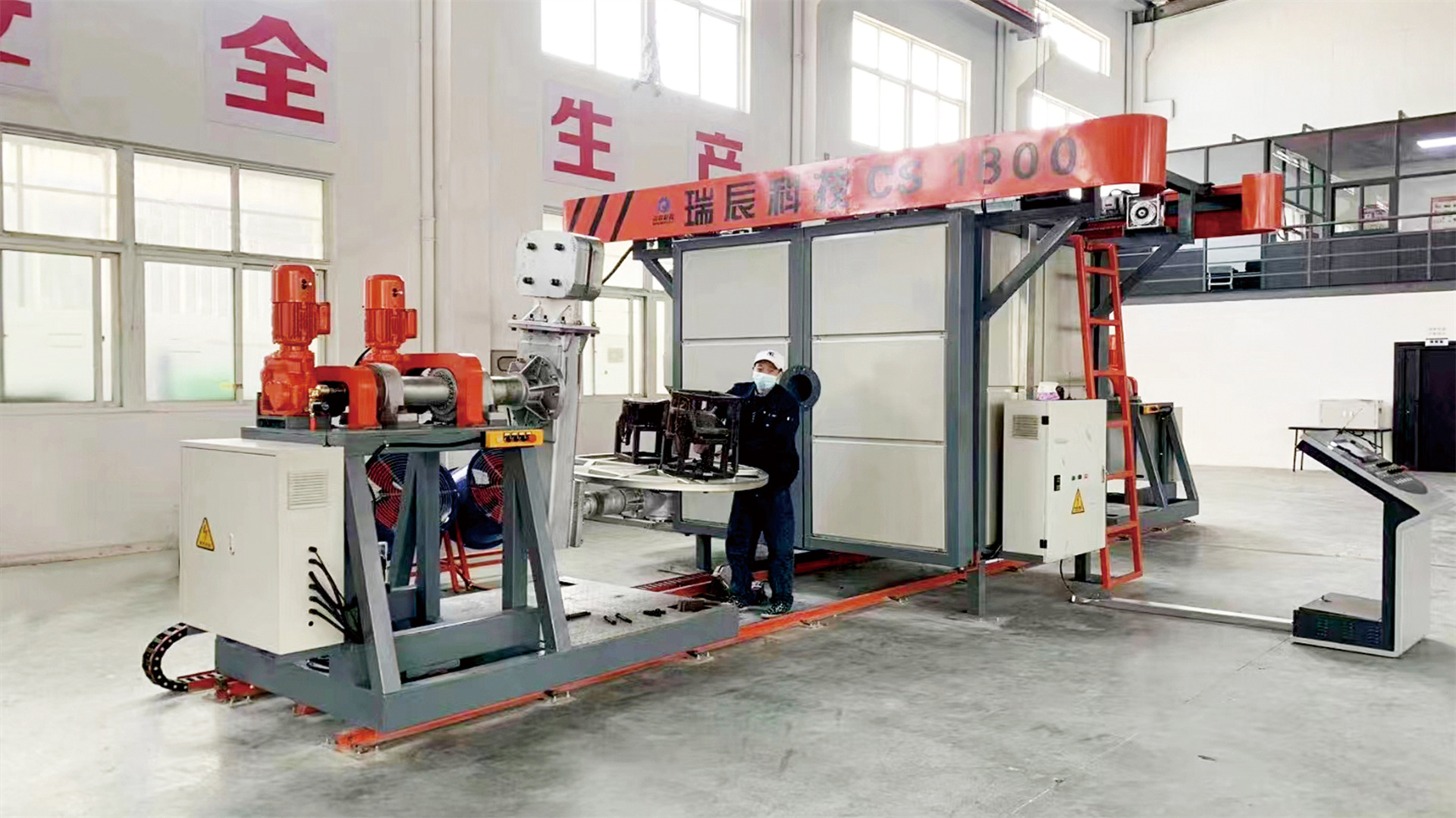





 Phone:
Phone: Add:
Add:

